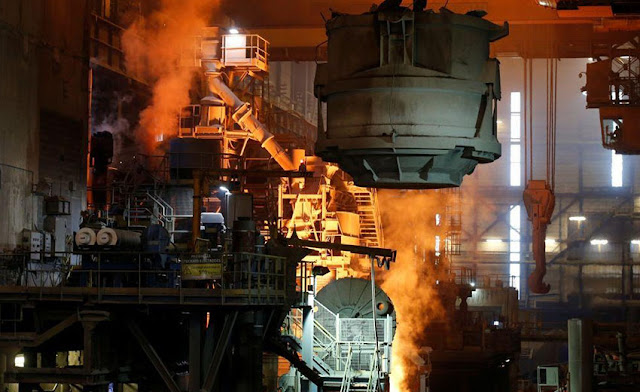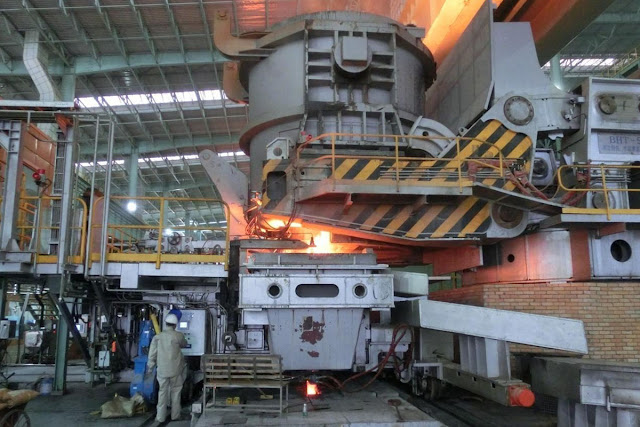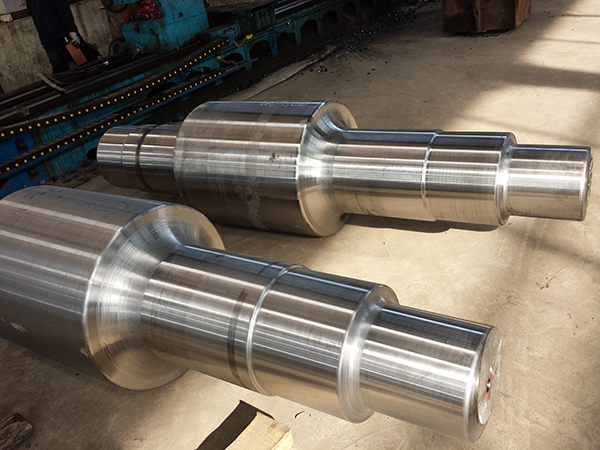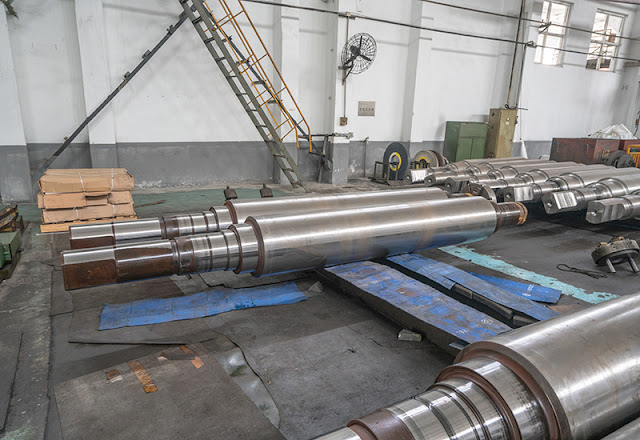1. Dust removal of intermediate frequency electric furnace
Since the charge of induction heating furnace usually contains dust and oil, soot will rise from the furnace mouth when the charge is added to the furnace. If the charge contains zinc-plated materials and waste materials, the dust produced will also contain zinc or tin oxides. The smoke and dust generated in the operation of the intermediate frequency heating furnace is harmful to the human body and the production environment, so a dust removal system must be used to discharge the harmful smoke and dust outdoors. The amount of soot produced is related to the size of the intermediate frequency equipment and the cleanliness of the charge. The air volume of the dust removal system should be large enough to generate a large amount of negative pressure at the furnace mouth.
The dust removal system consists of an induced draft fan, a dust collector, a cyclone separator, a flue gas temperature adjustment device, and pipelines. In order to ensure that the temperature of the flue gas entering the precipitator does not exceed the value that the precipitator can withstand, the flue gas temperature adjustment device can adjust the amount of cold air mixed to control the temperature of the flue gas entering the precipitator. The flue gas of the intermediate frequency furnace through the dust removal system should meet the national standard GB9078-1996 "Industrial Kiln Air Pollutant Emission Standard". In order to capture the smoke and dust, the intermediate frequency electric furnace is generally equipped with a furnace mouth dust removal ring or a full cover type dust removal furnace cover. The dust removal ring at the furnace mouth is not as good as the full cover dust removal furnace cover, but it is suitable for electromagnetic chuck or manual feeding, so it is more used on furnaces less than 5t. The full hood dust removal furnace cover has a better ability to capture smoke and dust, and needs to be used in conjunction with a charging car, usually used for furnaces with larger specifications.
For the dust removal of the intermediate frequency electric furnace, it is very important to select a dust removal system with good performance. However, the maintenance of the dust removal system is also very important. The dust collector and pipes should be cleaned regularly to maintain the system with a good dust removal effect.
2. Noise of intermediate frequency furnace
During the operation of the intermediate frequency electric furnace, noise is mainly generated from the intermediate frequency power supply, furnace body and hydraulic pump. Secondly, the noise level generated by transformers and water pumps is relatively small. Generally, it is required that the noise at the furnace working platform 1m away from the furnace body and the height of 1m should be ≤85dB (excluding background noise).
At present, most of the equipment layout of intermediate frequency electric furnaces place the intermediate frequency power supply, furnace body, hydraulic pump station and water pump station under the working platform (in a semi-underground pit), which is helpful to reduce the noise at the operating station on the working platform. Improving the operating environment of workers plays a big role.
When the furnace with high power density is in operation, the noise is relatively large due to the vibration of the induction coil, yoke and other components. If necessary, the furnace body structure can take some measures to reduce noise, such as lining the inner wall of the furnace shell with sound insulation material, repair hole cover plate with rubber pad, and filling in the cavity of the furnace body structure. The hydraulic pump is noisy when it is working, so it should be shut down in time when it is not in use. For this reason, there is a stop button on the hydraulic operation console, so that the operator can stop the hydraulic pump in time, or configure a timer to shut down the hydraulic pump on time.

3. Harmonic problem of intermediate frequency furnace
Solid-state intermediate frequency power supplies use electronic devices such as thyristors, diodes, and IGBTs for rectification and inversion, which will cause harmonic interference to the power supply grid. With the widespread application of electronic devices such as electronic computers and numerical control machine tools, the requirements for power quality of the power grid are getting higher and higher. In modern industrial production, the use of various converter equipment is increasing, and the capacity is also increasing. The harmonics generated by it are injected into the power grid, distorting the voltage waveform of the public power grid, affecting the quality of power, and threatening the safe and economic operation of various electrical equipment. To this end, the country formulated the national standard GB/T14549-1993 "power quality, harmonics of the public grid". This standard specifies the allowable value of harmonics injected into the grid.
The harmonic interference produced by the solid-state intermediate frequency power supply mainly depends on the form of its rectifier circuit.
The rectification of the voltage feedback series resonant intermediate frequency power supply adopts a bridge-type uncontrollable rectifier circuit, which generates fewer harmonics than the current feedback parallel resonant intermediate frequency power supply.
In addition, the use of multi-phase rectification methods, such as 6-phase 12-pulse rectification, 12-phase 24-pulse rectification, and the rectifier transformer windings are equalized, can greatly reduce the harmonic interference of the intermediate frequency electric furnace.
4. Magnetic field of intermediate frequency electric furnace
Alternating current passing through the coil of the induction heating furnace will generate an alternating magnetic field. The strength of the magnetic field depends on the power of the electric furnace. At present, the working frequency of the intermediate frequency electric furnace is 100-3000 Hz. This frequency is not a radio wave transmission frequency, and generally does not cause interference to radio communications. However, if technical measures are not taken to limit the alternating magnetic field generated by the induction coil, the alternating magnetic field will heat the metal parts near the furnace, causing harm to workers operating on the furnace (especially for metal dentures). , Metal artificial joints, etc.), so the intermediate frequency electric furnace needs to use a yoke to restrict the magnetic field from radiating outward. Modern coreless induction furnaces are surrounded by multiple yokes around the induction coil. The length enclosed by the yoke in the circumferential direction of the coil reaches 60% to 65% of the circumference of the coil.
Energy-Saving Technology for Heat Treatment of Induction Furnace
Roller Hearth Reheating Furnace
Classification of Electric Arc Furnace
Melting Features of Medium Frequency Electric Furnace
Electric Arc Furnace VS Intermediate Frequency Furnace
Why Intermediate Frequency Furnace cannot be Turned on Normally?
Energy-Saving Technology for Heat Treatment of Induction Furnace
Cause Analysis and Solution of Induction Coil Blocking in Medium Frequency Smelting Furnace
Characteristics of Electric Arc Furnace Steelmaking
What is Induction Furnace?
Significance of Reheating Technology in Rolling Reheating Furnace
How to Improve the Thermal Efficiency of the Reheating Furnaces?
What is the Reheating Furnace Temperature System?
The Advantage of Induction Furnace (Medium Frequency Furnace)
On the Advantage and Disadvantage of Electric Arc Furnace and Induction Furnace























